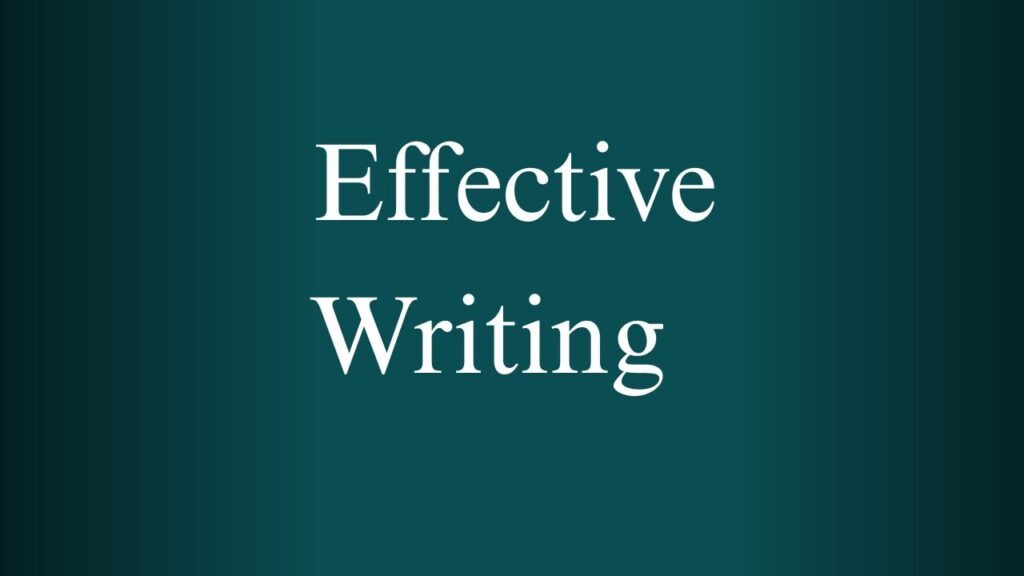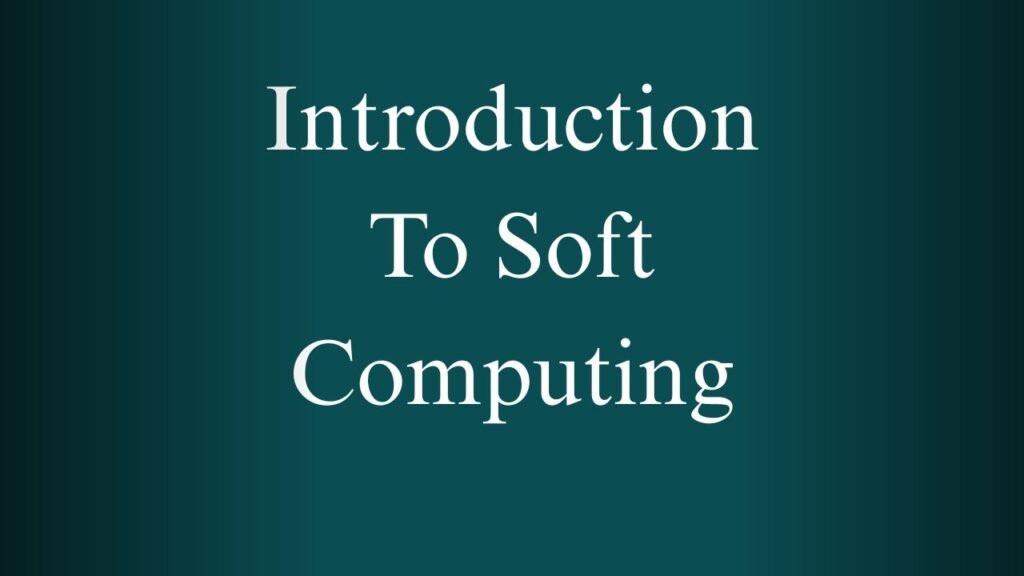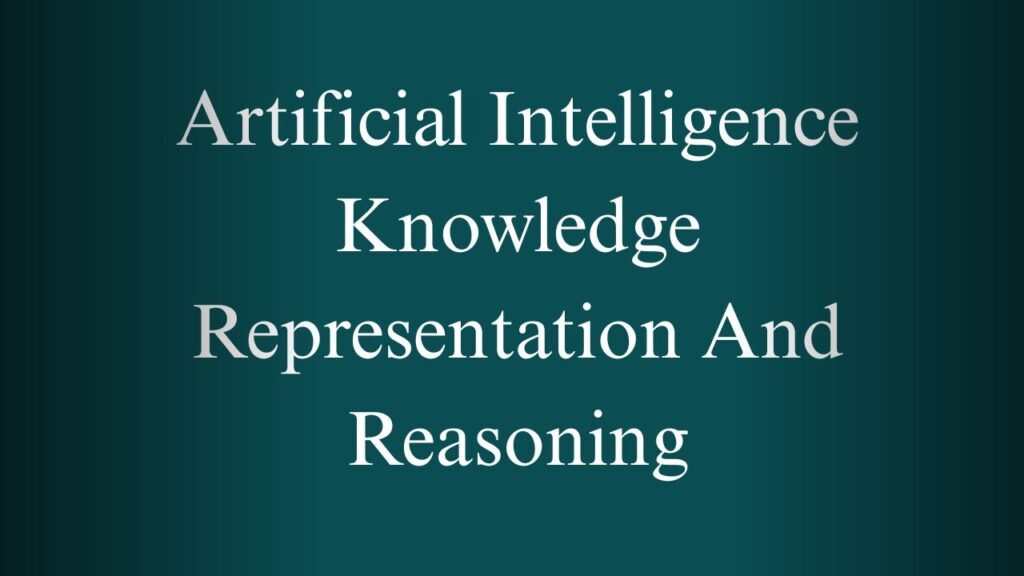NPTEL Emotional Intelligence Week 1 And 2 Assignment Answers 2025
1. Emotions are sometimes referred to as_________
- a) Metacognitions
- b) Health
- c) Puzzle
- d) Private experiences ✅
✅ Answer: d
Explanation: Emotions are subjective and internally felt, making them private experiences unique to individuals.
2. James Lange theory of emotion focuses on the role of social interactions
- a) Yes
- b) No ✅
✅ Answer: b
Explanation: The James-Lange theory emphasizes that physiological arousal precedes emotional experience, not social interaction.
3. The Cannon-Bard theory talks about the activation of__________
- a) Intestine
- b) Thyroid
- c) Thalamus ✅
- d) Pancreas
✅ Answer: c
Explanation: The Cannon-Bard theory states that the thalamus sends signals simultaneously to the cortex (emotion) and autonomic system (physiology).
4. According to Paul Ekman which one of the following is NOT a basic emotion in human life
- a) Jealousy ✅
- b) Anger
- c) Happiness
- d) Fear
✅ Answer: a
Explanation: Ekman’s six basic emotions are anger, disgust, fear, happiness, sadness, and surprise. Jealousy is not among them.
5. David Wechsler’s definition of intelligence describes it as
- a) The ability to memorize and recall information
- b) The aggregate or global capacity to act purposefully, think rationally, and deal effectively with one’s environment ✅
- c) The skill to perform tasks under pressure
- d) The aptitude to learn specific academic subjects
✅ Answer: b
Explanation: Wechsler’s definition captures intelligence as a broad, functional ability across multiple domains of life.
6. According to the Neofunctionalist approach… mental functions also can be seen across adulthood
- a) True ✅
- b) False
✅ Answer: a
Explanation: Neofunctionalism acknowledges both decline and stability/growth in mental capabilities with aging.
7. ___ is one of the famous scientists who gave a theory — PASS model of intelligence
- a) Daniel Goleman
- b) John D. Mayer
- c) Peter Salovey
- d) JP Das ✅
✅ Answer: d
Explanation: JP Das, with Naglieri & Kirby, proposed the PASS model—Planning, Attention, Simultaneous, and Successive processing.
8. Multiple intelligence theory is given by Howard Gardner
- a) True ✅
- b) False
✅ Answer: a
Explanation: Howard Gardner introduced the theory with eight distinct intelligences, like linguistic, spatial, musical, etc.
9. According to Robert Sternberg, which one of the following is NOT a domain of intelligence?
- a) Components
- b) Contexts
- c) Experience
- d) Society ✅
✅ Answer: d
Explanation: Sternberg’s Triarchic Theory includes: Componential, Contextual, and Experiential domains.
10. Guilford talks about two types of thinking: divergent and convergent
- a) True ✅
- b) False
✅ Answer: a
Explanation: J.P. Guilford proposed the idea of divergent thinking (creative) and convergent thinking (logical).
11. Wisdom is a virtue or behavior pattern valued by society
- a) True ✅
- b) False
✅ Answer: a
Explanation: Wisdom includes traits like judgment, experience, and reflection, which are highly valued socially.
12. Baltes and Straußinger described four characteristics of wisdom in
- a) 1990
- b) 2000
- c) 1993 ✅
- d) 1880
✅ Answer: c
Explanation: In 1993, Paul Baltes & Ursula Staudinger outlined features like rich factual knowledge, contextualism, etc.
13. Neisser defined intelligence as the ability to understand ____ ideas
- a) Complex ✅
- b) Easy
- c) Neutral
- d) Moderate
✅ Answer: a
Explanation: Neisser’s definition emphasizes the ability to understand complex ideas, adapt, learn, and reason.
14. According to Cattell’s theory, two domains of intelligence are fluid and _____
- a) Freeze
- b) Dynamics
- c) Crystallized ✅
- d) Complex
✅ Answer: c
Explanation: Fluid intelligence is the ability to solve new problems; Crystallized intelligence is accumulated knowledge.
15. Fluid intelligence on tests is measured by the ability to ____ the novel puzzles
- a) Assemble ✅
- b) Recall
- c) Recite
- d) Memorize
✅ Answer: a
Explanation: Fluid intelligence is often tested by the capacity to assemble or solve unfamiliar problems or puzzles.
NPTEL Emotional Intelligence Week 2 Assignment Answers
1. _______________ intelligence refers to one’s ability to notice and make distinction among the moods, temperaments, motivations, intentions of other people potentially to act on this knowledge
- a) Interpersonal ✅
- b) Intrapersonal
- c) Fluid
- d) Crystallized
✅ Answer: a
Explanation: Interpersonal intelligence involves understanding others’ emotions, motives, and behaviors.
2. According to Robert Sternberg, componential intelligence is the ability to function in a practical way in everyday social situations
- a) True
- b) False ✅
✅ Answer: b
Explanation: Componential intelligence refers to analytical/problem-solving ability, not social/practical functioning. That would be contextual intelligence.
3. According to PASS theory, _________ is a mental process by which the child determines, selects, and uses efficient solutions to problems
- a) Attention
- b) Planning ✅
- c) Simultaneous
- d) Successive
✅ Answer: b
Explanation: Planning in PASS theory involves goal setting, strategy selection, and performance monitoring.
4. Cognitive Assessment System is developed by Cooper & Sawaf
- a) True
- b) False ✅
✅ Answer: b
Explanation: It was developed by Das, Naglieri, and Kirby, not Cooper & Sawaf.
5. Score of 130 and above in Wechsler Adult Intelligence Scale indicates
- a) Superior
- b) Very Superior ✅
- c) Bright
- d) Average
✅ Answer: b
Explanation: WAIS classifies scores 130+ as “Very Superior.”
6. First intelligence test was created by
- a) Binet and Simon ✅
- b) Daniel Goleman
- c) Robert Sternberg
- d) Cooper and Sawaf
✅ Answer: a
Explanation: Alfred Binet and Theodore Simon created the first intelligence test in France to assess children’s learning needs.
7. Binet’s test is a set of age-graded items
- a) True ✅
- b) False
✅ Answer: a
Explanation: The test matches questions with typical mental abilities of children by age level.
8. Stanford-Binet and WISC-III cannot be used to assess ________ intelligence
- a) Adult
- b) Infant ✅
- c) Old
- d) Adolescence
✅ Answer: b
Explanation: These are not suitable for infants. Infants are assessed with Bayley Scales, etc.
9. ___________ plays a very important role in the determination of one’s intelligence
- a) Psychosis
- b) Epinephrine
- c) Culture ✅
- d) Cortisol
✅ Answer: c
Explanation: Cultural factors influence learning styles, language, values, and test familiarity, impacting intelligence expression.
10. Raven’s Progressive Matrices is an example of
- a) Culture-Fair Intelligence Test ✅
- b) Personality Test
- c) Aptitude Test
- d) Emotional Intelligence Test
✅ Answer: a
Explanation: It measures abstract reasoning and is designed to be independent of language and cultural background.
11. Which of the following is NOT an approach of emotional intelligence?
- a) Ability-based approach
- b) Personality-based approach
- c) Performance-based approach
- d) IQ-based approach ✅
✅ Answer: d
Explanation: Emotional intelligence is not measured by IQ, which measures cognitive ability.
12. Ability model was given by Salovey and ________
- a) Mayer ✅
- b) Daniel
- c) Seligman
- d) Sonja
✅ Answer: a
Explanation: Salovey and Mayer proposed the ability model of emotional intelligence.
13. ________ is the first person to come up with a global tool of emotional intelligence measurement
- a) Reuven Bar-On ✅
- b) Daniel Goleman
- c) Peter
- d) Seligman
✅ Answer: a
Explanation: Bar-On developed the EQ-i, one of the earliest emotional intelligence tests.
14. Goleman says that emotional intelligence is the capacity for recognizing our own _____ and of others.
- a) IQ
- b) Performance
- c) Trait
- d) Emotions ✅
✅ Answer: d
Explanation: Goleman emphasizes the importance of understanding and managing emotions in ourselves and others.
15. Emotional understanding means one’s ability to solve emotional problems.
- a) True ✅
- b) False
✅ Answer: a
Explanation: Emotional understanding refers to the ability to process, analyze, and regulate emotions effectively.



